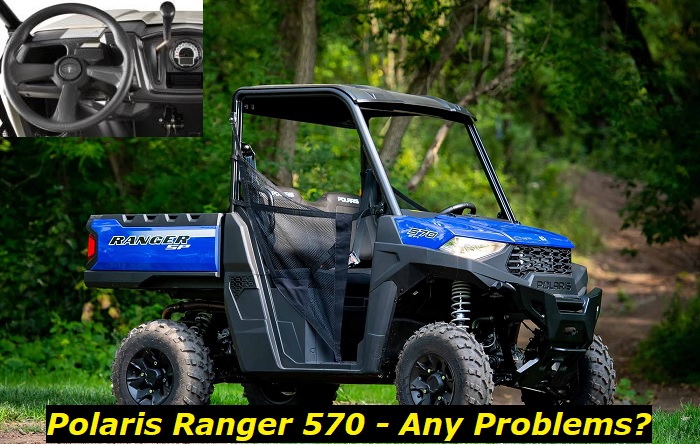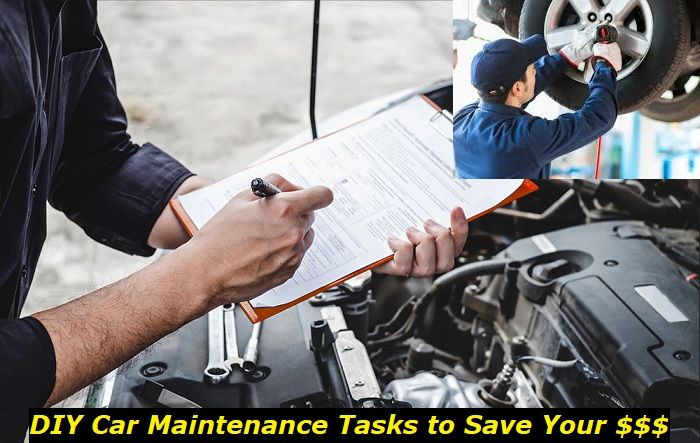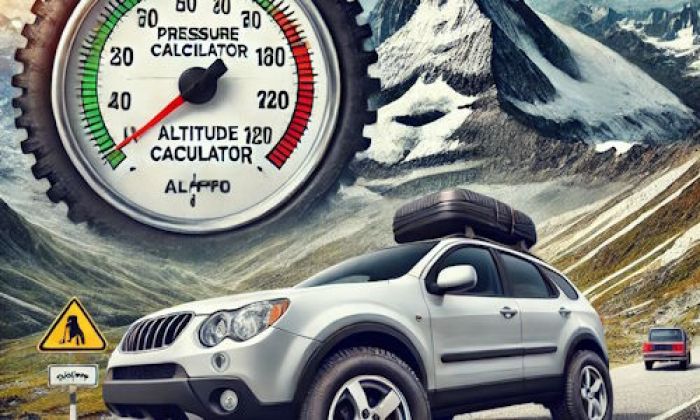From its introduction in 2014 to the present, the Polaris Ranger 570 has garnered mixed reviews from owners and UTV enthusiasts alike. These are mainly due to the bad issues linked with it that will likely take away all the fun from your riding experience, lessen your productivity in work-related tasks, and bring about plenty of hassles from the repairs associated with them that will surely make a dent in your budget.
In this article, we will revisit the most common complaints about the product to help you familiarize yourself with them by knowing the symptoms you should watch out for, their possible causes, and ways you could fix them.

1. Cracked Air Hose by the Exhaust Manifold
Allegedly, the air hose by the exhaust manifold of the Polaris Ranger 570 is prone to premature wear. Most owners blame it on its design, and some who have brought the issue to their respective Polaris dealerships said that the company even acknowledged the fault. Sadly, it is not part of the company's service warranty, so affected customers are left to fend for themselves should they ever end up on the short end of the stick.
The air hose near the exhaust manifold is responsible for providing better air circulation to the engine. It helps increase performance, optimize fuel efficiency, and reduces emissions. If you notice cracks in your air hose by the exhaust manifold of your Polaris Ranger 570, it's important to take care of the problem immediately. These cracks can cause issues with your UTV, which are inverse of the air hose's functions. These include decreased performance, reduced fuel efficiency, and increased emissions.
There are other several possible causes of the premature wear of the air hoses, including exposure to extreme heat or cold, wear and tear, and poor installation. To fix the problem, you'll need to replace the cracked air hose with a new one. You may also need to replace other parts that have been affected by the issue, such as the exhaust manifold gasket. In some cases, it may be necessary to replace the entire exhaust system.
If you're not sure how to fix the problem yourself, it's best to take your UTV to a qualified mechanic or dealership. They'll be able to diagnose the problem and make the necessary repairs.
2. Faulty Airbox
One more problem blamed on Polaris' design choices in the Ranger 570 has to do with airbox issues. The airbox is responsible for drawing air into the UTV's engine and providing it with the necessary filtration. A faulty airbox can cause a number of problems, including a decrease in performance, increased fuel consumption, and engine damage.
According to people who have experienced airbox problems in their Ranger 570, the common causes of a faulty airbox include a leak in the air filter, damaged or missing baffles, and cracks or holes in the airbox itself. With that, the solutions to these problems include replacing the air filter, repairing or replacing the baffles, and fixing or replacing the airbox. In some cases, it may be necessary to replace the entire air intake system.
An alternative solution suggested by some people is the installation of a snorkel to remedy the poor design choice in the airbox of the Ranger 570. A snorkel is a device that allows the engine to draw in air from a higher location, providing it with greater airflow and improved filtration. This can bring in improved performance, fuel economy, and engine life. It also helps protect the sensitive engine components of your ride when fording across a body of water.
No matter which solution you are considering, better take your ride to a qualified mechanic or UTV dealer for diagnosis and repair without further delay. Procrastinating can bring about more complicated issues in the near future. On the other hand, trying to fix the problem yourself could result in further damage to your UTV if you lack the expertise and experience.
3. Premature Wear of Splines in the Front Differential Axle
When the front differential axle of a Polaris Ranger 570 begins to wear out, the symptoms will start to become apparent. The first symptom is usually a grinding noise coming from the axle area. This noise will get louder as the problem progresses.
If the problem is not addressed, eventually the axle will bind up and cause the UTV to lose power. In extreme cases, the UTV can become stuck and unable to move.
Again, there are conflicting reports saying that the issue is due to Polaris' poor engineering. However, there are several possible causes of this problem that are within the control of owners, too. The most common is improper maintenance. If the differential fluid is not changed regularly, it can break down and cause the splines to wear out prematurely.
Another possible cause is an incorrect installation of the axle. If the axle is not installed correctly, it can put too much pressure on the splines and cause them to wear out.
The best way to avoid this problem is to do regular maintenance on the UTV and make sure that the differential fluid is changed according to the manufacturer's recommendations. If the axle is replaced, make sure that it is installed correctly by a qualified mechanic.
The importance of the splines cannot be overstated. They are what allow the axle to spin freely and without any interference. When they start to wear out, it can cause all sorts of problems with the UTV.
It is therefore important to keep an eye on them and make sure that they are in good condition. If you notice any symptoms of wear, take the UTV to a qualified mechanic for repair. Failing to do so could result in serious damage to the vehicle.
4. Overheating
In 2016, Polaris owned up to the overheating problems presented by the 2015 and 2016 model year units of the Ranger 570. Although the cause of the issue was not specified in the recall announcement released during that year, the manufacturer advised affected owners to bring their UTVs to their respective Polaris dealerships for free repairs.
The same notice warned customers that the overheating issue has the potential to cause fire to the Ranger 570. At the time of the recall, there were already seven fires related to the problem. Luckily, no one was injured on those separate occasions.
There are several symptoms of overheating in the Polaris Ranger 570. The first is reduced power output from the engine. The second is increased engine temperature. The third is increased coolant temperature. If the vehicle is driven while overheating, the engine may seize up, resulting in costly repairs.
There are several possible causes of overheating in the Polaris Ranger 570. The first is a low coolant level. The second is a leaking coolant hose. The third is a faulty thermostat. The fourth is a blocked radiator.
If the vehicle is overheating, the first thing to do is pull over and turn off the engine. Then, check the coolant level and add more if necessary. Next, inspect for leaks in the coolant system. If there are no leaks, then check the thermostat and replace it if necessary. Finally, assess the radiator for blockages and clean or replace it if necessary.
Following these steps should help to prevent overheating in the Polaris Ranger 570 and keep it running smoothly.
5. High-Speed Gear Malfunction
Last but not least is the high-speed gear malfunction that Polaris UTVs, in general, are prone to. This is a serious issue that can cause the vehicle to lose all power and come to a complete stop. The symptoms of this problem are a grinding noise from the engine compartment, followed by a seized engine. This can happen suddenly and without warning, so it's important to be aware of it.
There are several possible causes of this problem, but the most common in Polaris vehicles is an issue with the clutch system. If the clutch isn't engaging properly, it can cause the gears to slip and grind against each other. This can eventually lead to the gears seizing up completely, which will cause the UTV to lose power.
The best way to avoid this problem is to have the clutch system checked regularly by a qualified mechanic. If you do experience the symptoms of high-speed gear malfunction, it's important to stop driving the UTV immediately and have it towed to a qualified repair facility where the defective gears will have to be replaced. Trying to drive the UTV with the problem can cause further damage to the gears and make the repairs more expensive if it already involves rebuilding the entire transmission system.
Conclusion
The Polaris Ranger 570 is more of a workhorse than a recreational vehicle. With that, it was designed with reliability as its key selling point. However, like any vehicle, it has its own share of problems. Among the most common are the ones listed here.
Public consensus blames many of the issues on the poor design choices taken by Polaris in the Ranger 570's architecture. Meanwhile, those on the side of the ATV and UTV maker are pointing their fingers at the neglect or abuse of owners.
No matter which side you're on, or what other people have led you to believe, if you find yourself facing any of the symptoms of the issues described here, you should immediately take your ride to an experienced mechanic or your nearest Polaris service center for further diagnosis and proper repairs. Doing so will help extend the usable life of your Polaris Ranger 570.
About the authors
The CarAraC research team is composed of seasoned auto mechanics and automotive industry professionals, including individuals with advanced degrees and certifications in their field. Our team members boast prestigious credentials, reflecting their extensive knowledge and skills. These qualifications include: IMI: Institute of the Motor Industry, ASE-Certified Master Automobile Technicians; Coventry University, Graduate of MA in Automotive Journalism; Politecnico di Torino, Italy, MS Automotive Engineering; Ss. Cyril and Methodius University in Skopje, Mechanical University in Skopje; TOC Automotive College; DHA Suffa University, Department of Mechanical Engineering






Add comment